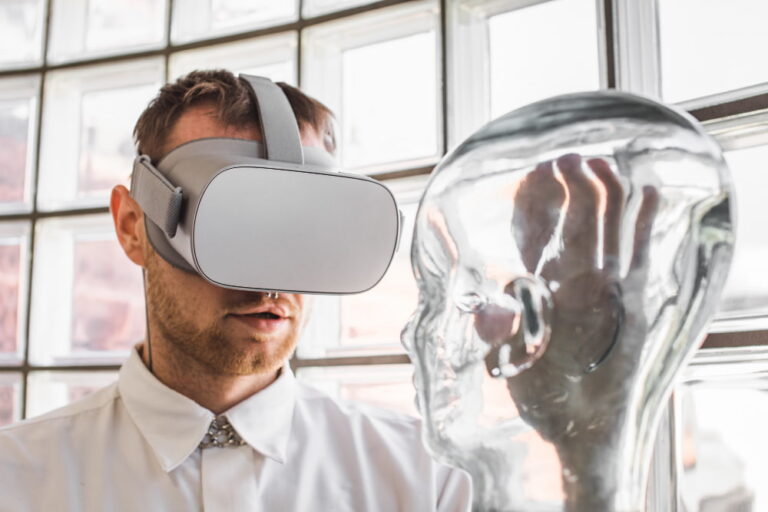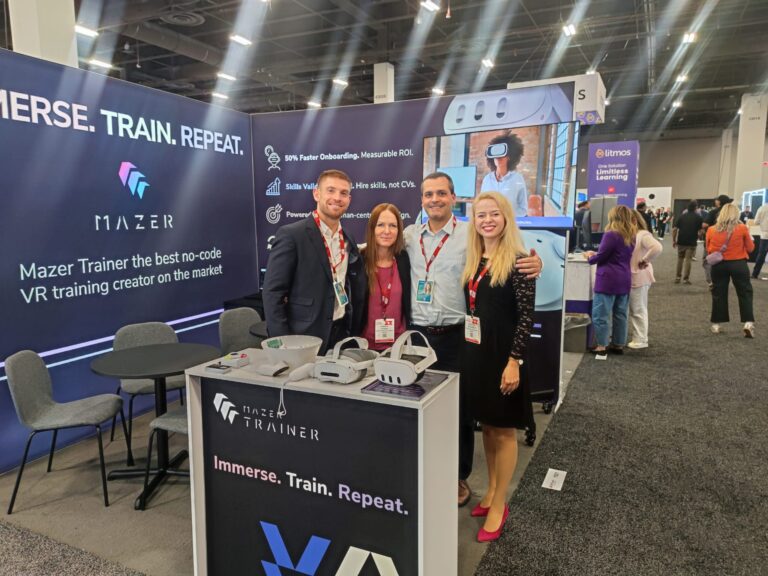Top 5 Tips for Integrating Virtual Reality into Training Programs
Integrating Virtual Reality into corporate training programs represents one of the most impactful investments L&D departments can make, but only when implemented strategically.

Integrating Virtual Reality into corporate training programs represents one of the most impactful investments L&D departments can make, but only when implemented strategically.

he professional services sector, encompassing consulting, financial services, law firms, and specialized agencies, is undergoing change, and Virtual Reality is emerging as a tool for developing soft skills and enhancing client management capabilities.

Enterprise efficiency isn’t just about optimizing processes; it’s about empowering your workforce to perform at its highest level while minimizing costs, errors, and risks.

We’re delighted to share that Mazer will be joining IT@BANK 2025 as an official partner – one of the most influential events connecting the financial and technology sectors in Poland. The conference takes place on 13 November 2025 at the Hilton Warsaw City, bringing together senior executives, innovators and IT leaders shaping the future of…

The defining strength of VR-based training is its ability to deliver immediate, data-driven feedback, empowering learners to progress faster and helping organizations prove ROI.

Continuous learning is a competitive necessity, and VR platforms like Mazer Trainer are making lifelong professional development more attainable, trackable, and engaging.

Implementing VR training can be truly revolutionary for your organization—provided you know how to pick the right VR training platform.

Immersive VR simulations are making training more realistic, engaging, and effective than ever. Interactive learning environments allow employees to practice new skills, make mistakes without risk, and build confidence in their abilities, all within the safe confines of virtual reality.

Altkom Akademia, a leader in professional education, has entered a strategic partnership with Mazer, an innovator in virtual and augmented reality training solutions. Together, the two companies are combining Altkom’s 30 years of training expertise with Mazer’s cutting-edge VR and AI technology to deliver a new generation of immersive learning experiences. The collaboration aims to make professional development more engaging, practical,…

Mazer’s presence at HR Tech 2025 marked a milestone in showcasing how virtual reality and artificial intelligence are transforming employee training and development. Over four days in Las Vegas, hundreds of HR professionals experienced firsthand how Mazer Trainer brings immersive, data-driven learning to life. We had the opportunity to connect with inspiring HR leaders, innovators,…
End of content
End of content
